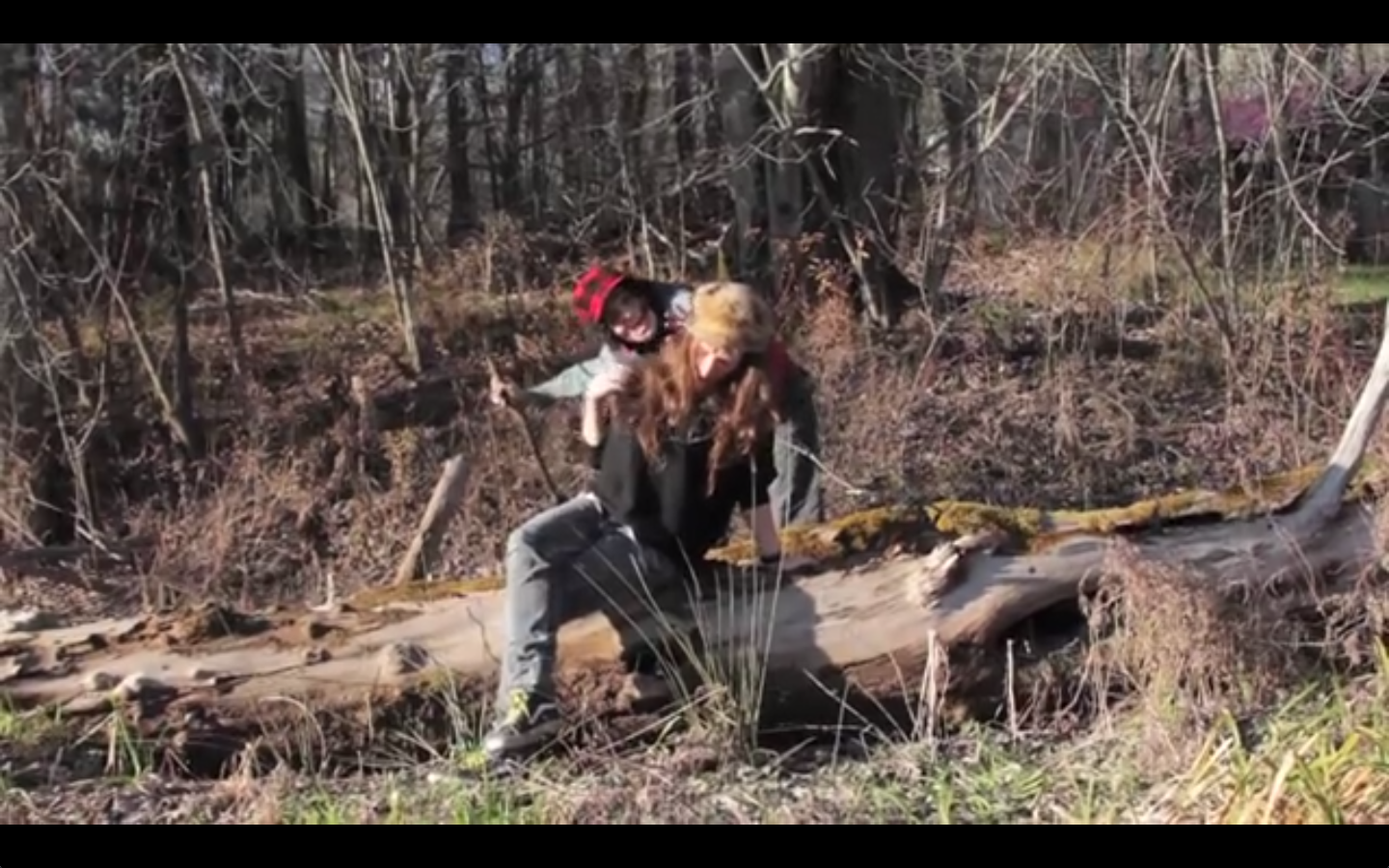Author | Annie Malamet | Visual Arts Editor
Featured image: VHS Pyramid “Valley of Sacred Analogs”
“[Dominika Ksel] is so interdisciplinary it hurts.” – Christine Finley, curator of the Whitney Houston Biennial
I first learned of artist Dominika Ksel at The Whitney Houston Biennial where she showed her sculpture called Nature vs. Nurture. It was a seesaw structure with one seat weighed down by a large tree branch covered in blonde hair, the other suspended with large nails jutting out of it. Ksel told me she was inspired by the American theme of fragile womanhood; the piece demonstrates the impossibility of fitting into a perfect ideal mold. Along with this were underlying implications of sexual violence and kink. After pointing out Ksel’s sculpture as one of my favorite pieces, curator Christine Finley told me that this artist is “so interdisciplinary it hurts.”
After looking Ksel up at home, I saw that she is truly the definition of an interdisciplinary artist; she uses every medium from video to painting in an almost obsessive manner. She has produced work in an almost prolific manner and is part of three separate groups: HOWDOYOUSAYYAMINAFRICAN (whose work is featured in The Whitney Biennial), Hi V, and a music group called Holotropic. I admire anyone with such a focused work ethic, so basically I think it’s a crime that I haven’t heard of Ksel before.
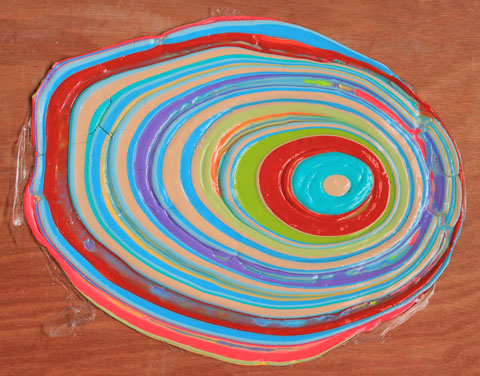
I met with Ksel in Williamsburg over drinks to talk about her work. I told her that her videos reminded me of a kinky, lesbian, Harmony Korrine. “All the work I do could be compared to taking a hallucinogenic drug, but without the drug and just using our physical selves.” Says Ksel. For example, one of Ksel’s videos called Circus Act is a completely bizarre hallucinatory representation of someone in an old man mask receiving a full body massage complete with a kind of grotesque “happy ending.” Another called The Normals shows two individuals (again in masks) acting weird tableaus outdoors (think Trash Humpers).
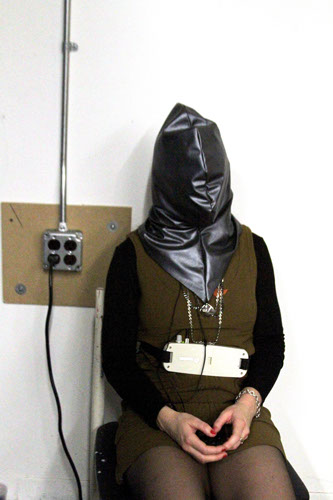
biaural tones and hypno-narrative audio
But Ksel’s work is far from falling into the trap of being just weird. She processes and analyzes her practice every step of the way. “I don’t just read a book. If I’m going to write about something, I’ll go to that country and explore it myself.” Ksel told me. “For example in Peru, I met a woman who was a director of a museum and she took my friend and I in a back room and showed us art that the government forbid to be exhibited. It depicted homosexuality and a lot of other taboo acts. I’m interested in these hidden histories.”
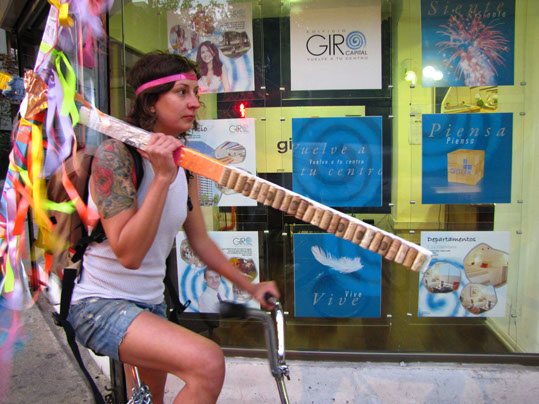
Things that are hidden, things that need mediation to have access to: this is the main thread tying Ksel’s various bodies of work together. What are alternative states of human consciousness, and how do we use art to access these altered realities? Ksel creates highly sensory, participatory pieces designed to bring aid the viewer in reaching another mental plane. For one of her pieces, Ksel created a coffin where participants were locked inside and shown a video projection. “Some people stayed for 15 minutes. I’ve had other people in there for hours.” Ksel is more interested in a participant’s reaction to her work than the art object itself. “What happens between you and a piece I make, it doesn’t matter that it doesn’t have a physical form…I live a pretty minimalistic life, so I never really had that notion of art as a precious object.”

Ksel tries to access altered states of reality through the use of sensory deprivation, hallucinatory sounds, and kink imagery. “I’m interested in the rituals we use to bring us together as a community and to access other states of reality,” says Ksel “[Kink] is just another modality to access these states. If you’re being flogged for any amount of time, you transcend the physical and go into another realm.”
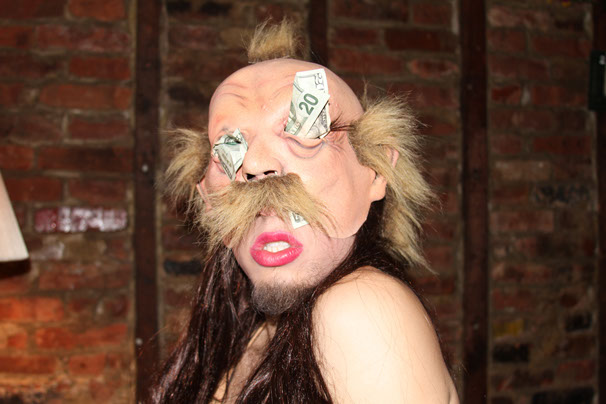
These are some heavy topics Ksel is dealing with, so I’m glad that her work doesn’t take itself too seriously; many of Ksel’s video pieces are actually pretty humorous. For example, the Circus Acts video is based on hilarious descriptions of various clients Ksel found at an erotic massage parlor. She also plans to integrate this video into an installation called Pussy Palace. Again, I’m not sure how this will manifest but with a name like that, it has to be deliberately facetious. “My intention is to make people a little uncomfortable, but not to make you leave a space. I want people who wouldn’t normally think about these things to have access to them,” Ksel said about her use of humor. “Humor is such a powerful tool. It’s this one space where you can break rules and taboos and it also breaks your own resistance to try something new.”
